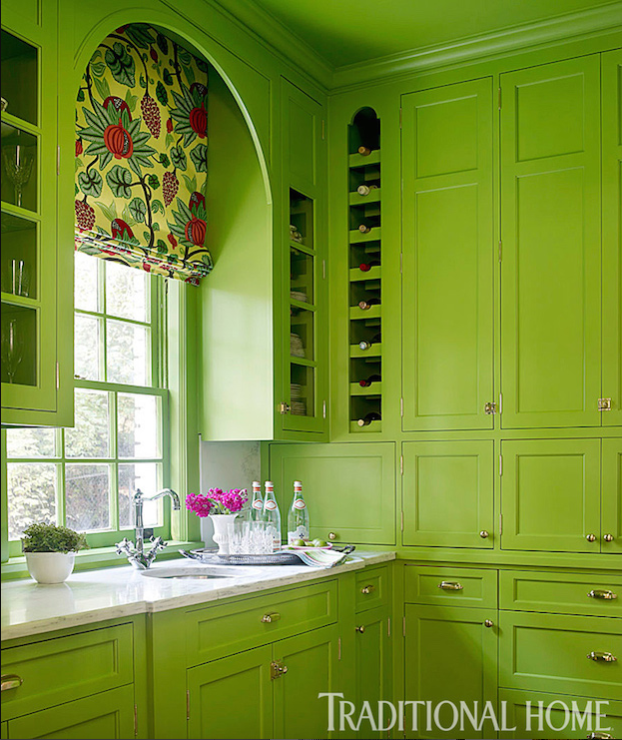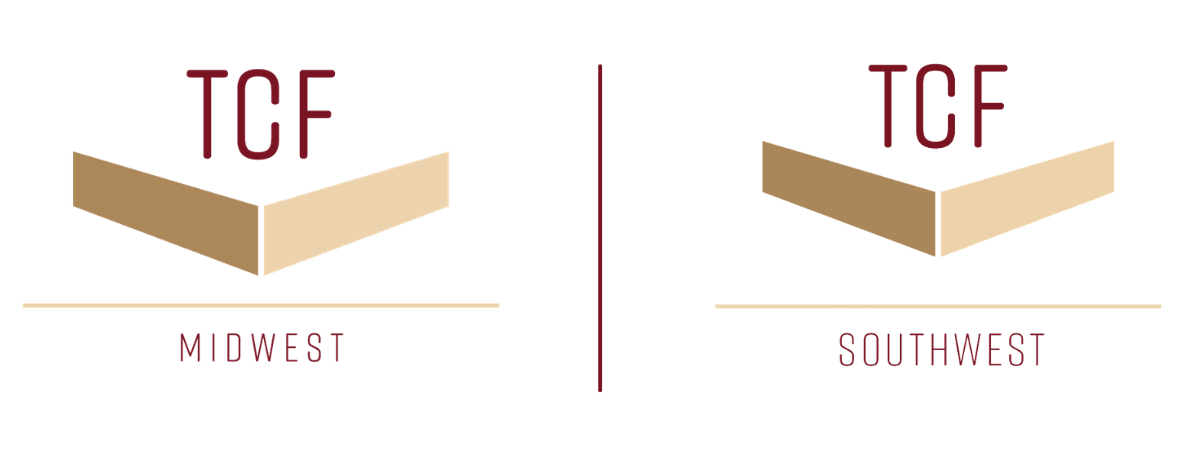
In today’s homes, demand for butler’s pantries are on the rise and homeowners are re-imagining this space. Traditionally, the butler’s pantry was a narrow staging area which connected the kitchen to the formal dining room. It was, as it’s eponymous name denotes, primarily used by butlers and servants to arrange menu items before serving. Essentially keeping the company away from the mess of the kitchen.
Today’s butler’s pantries are a far more versatile space that can greatly improve the function and organization of your kitchen—while adding character to your home.
As more and more homeowners desire a smooth, streamlined and clutter free look, butler’s pantries are being used to store items that are naturally less “pretty” to see, like cereals and snacks, as well as less often used items like stand mixers and slow cookers. This mini-room is also a great place to store and display fine China and crystal. Having these items off of the kitchen makes it easier to access than typical attic storage. Cabinets with drawer dividers for trays, deep drawers with lifts for appliances, and open shelving for tableware keeps the space beautiful and organized.
If you are thinking of adding a butler’s pantry to your home or designing one in a new home, there are some important things to keep in mind. First, consider all the functions you want the butler’s pantry to perform. Base your layout, storage features and materials on those needs.
Second, create efficient storage. What do you have? What do you need quick access to and what can be a little more tucked away? Glass doors can showcase china and crystal, while open shelving is great for grab and go items…like everyday dinnerware or snacks. Wide drawers store linens with fewer folds, and deep drawers keep large serving dishes and platters organized. Use tall cubbies to accommodate vases and pitchers, and try fabric-lined drawers to protect flatware. Add in under cabinet and in-drawer LED lighting so you can easily see what’s there.
If you love to entertain, plan your butler’s pantry accordingly. Create a space that can be utilized as a self-serve bar or beverage station with a small sink, wine fridge and cabinets or shelves for stemware. Built in coffeemakers and icemakers can be integrated into the space for ease of use, while providing a streamlined look. Concealed warming drawers can keep hors d’oeuvres hot and ready to serve.
Finally, choose the right materials for your butler’s pantry to ensure integration with your kitchen design as well as expected wear and tear. Undermounted sinks provide a sophisticated look while keeping dirty dishes off the counter. And dishwasher drawers can be loaded in a flash so there’s no exhaustive cleanup the next morning. Choose durable surfaces like stone floors and low maintenance countertops. Find a quartz surface countertop with a similar coloring to your kitchen counters, it won’t scratch or stain and guests won’t know the difference. Flooring can flow from the kitchen to the pantry, but try a different tile backsplash that has some personality, like an antiqued mirror or an encaustic tile.
Do have fun in the room. While you want it to feel connected to the kitchen, you can go bolder with certain choices. Choose a deep blue or garden green for your cabinetry colors. Try a lacquered paint on the ceiling or wrap the room in wallpaper. It’s a little jewel box that’s not going to get the constant use that your kitchen does, so why not add a glamorous little chandelier to the room?
For other ideas check outour Butler’s Pantry Pinterest board! Click on MarqetGroup below.





